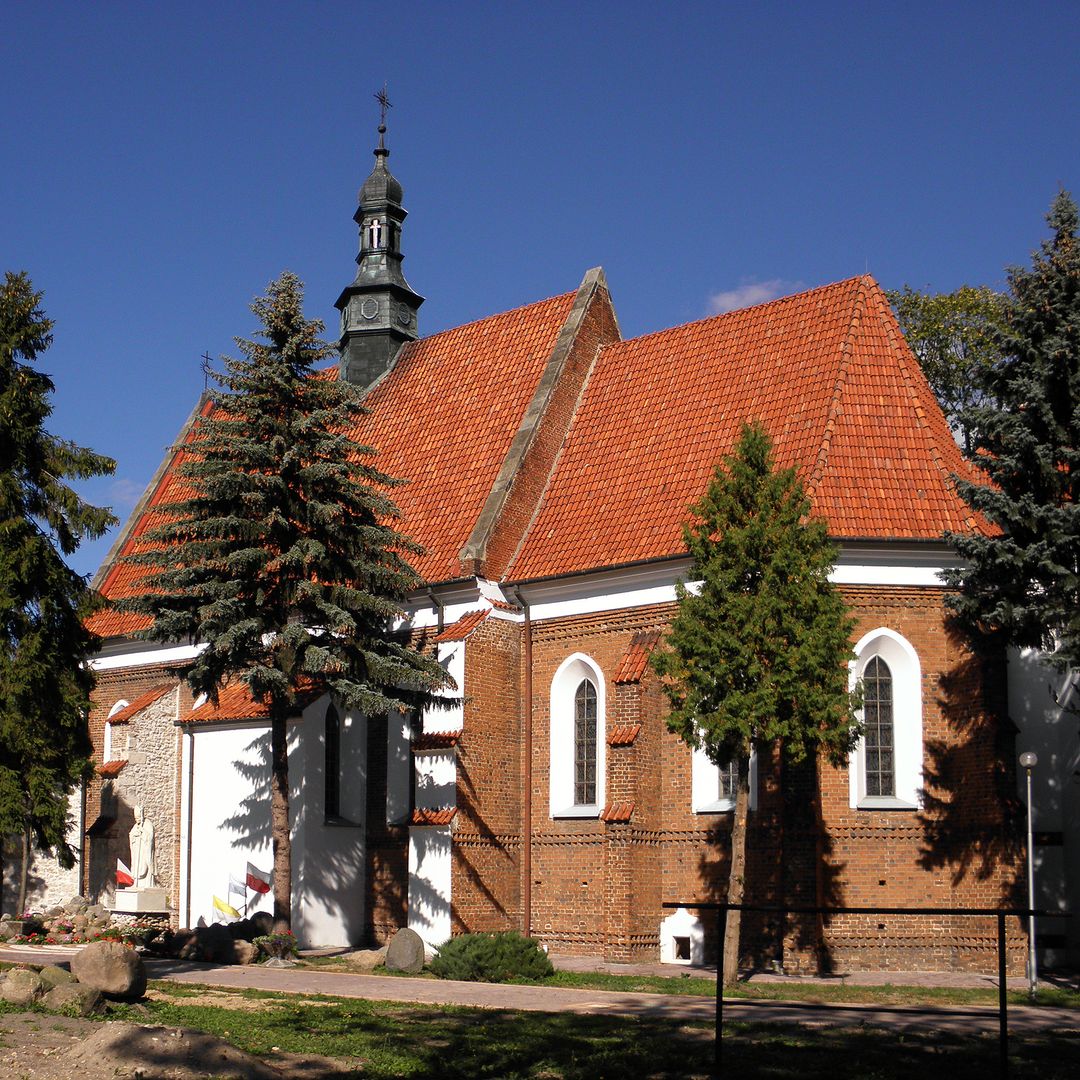St. Sigismund Parish in Sienno
6.99

Overview
The church in Sienno, whose origins date back to around 1375, was initially a wooden branch church of the parish in Chotcza. The village owner, Dobiesław Oleśnicki, transformed it into a family seat by granting it town rights and initiating the construction of a brick church, which was completed in 1442. Built of brick in the Vistula Gothic style, the church features a single-nave structure and a three-bay chancel. Inside, there are Gothic cross-ribbed vaults and a crypt where Dobiesław Oleśnicki and his wife, Katarzyna, are laid to rest. The church was furnished with works of art, of which sculptures of the Evangelists and iron doors adorned with the founders' coats of arms have survived. The history of the church also includes religious changes when, in the 16th century, the Oleśnicki and Siennicki families became leaders of Protestantism. The church served as a Protestant congregation until the early 18th century, when it returned to Catholic administration. After World War I, the church was destroyed and rebuilt in 1930. The Roman Catholic parish of St. Sigismund was established in 1442. Today, the parish hosts Living Rosary groups and a parish choir, and parishioners participate in pilgrimages to Jasna Góra. The church and parish boast a rich history and remain a place of significant religious and cultural importance for the local community.
Location
2025 Wizytor | All Rights Reserved